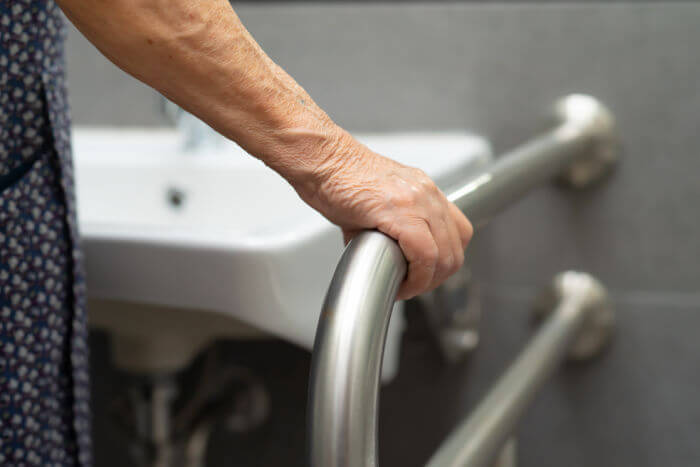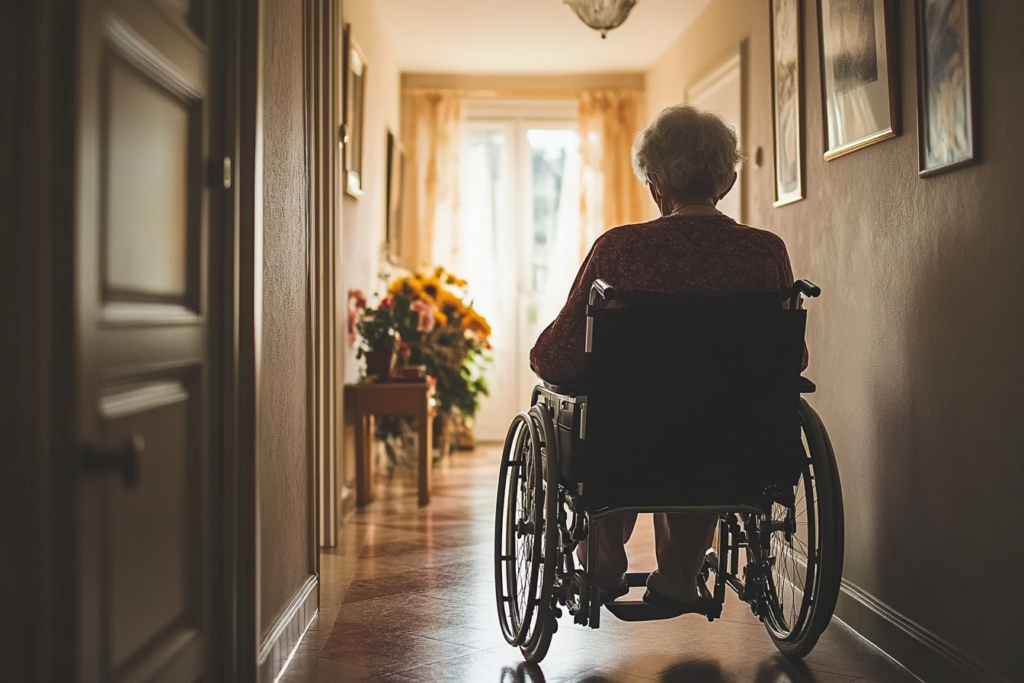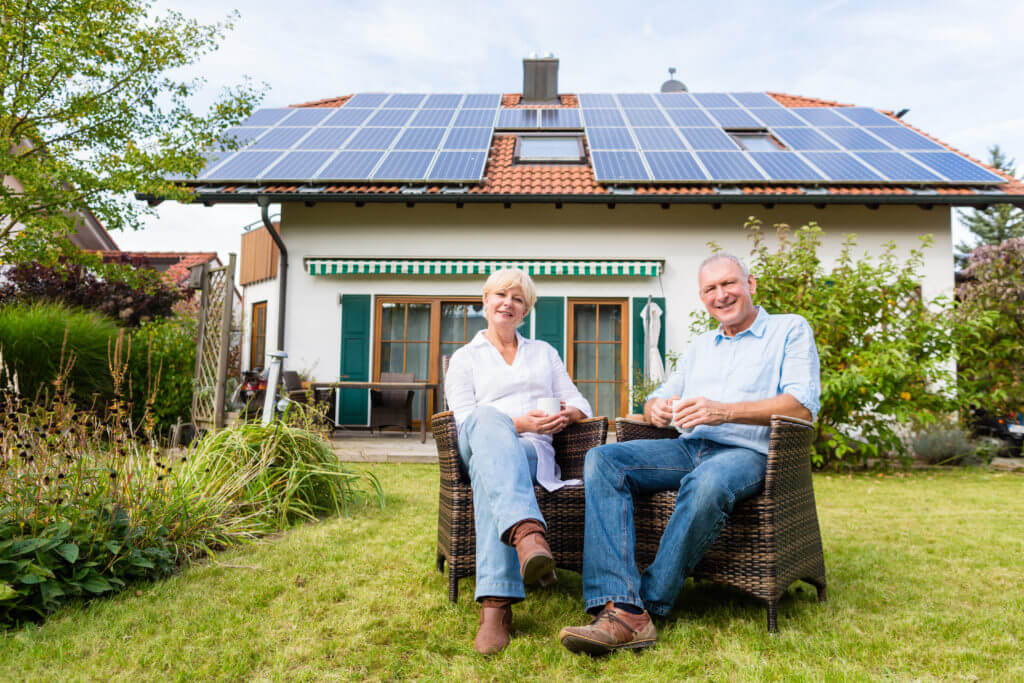What Is Home Accessibility?
Home accessibility refers to the design, adaptation, or remodeling of living spaces to ensure they are safe, comfortable, and usable for individuals of all ages and physical abilities. These modifications promote independence and reduce injury risk, especially for aging adults, individuals with disabilities, and those recovering from injuries. With strategic planning and thoughtful design, accessibility features allow homeowners to age in place and maintain their lifestyle with dignity and ease.
Creating an accessible home can be as simple as adding smart devices or as extensive as reconfiguring entire rooms. High-priority areas often include bathrooms, kitchens, entryways, and stairways — spaces where mobility issues tend to surface most. By focusing on both safety and functionality, accessibility upgrades can dramatically improve quality of life.
Whether the need is temporary or long-term, home accessibility upgrades provide safer living environments and peace of mind for residents and their loved ones.
What Are the Different Types of Home Accessibility?
Home accessibility modifications are diverse, depending on a household’s specific needs.

Here are the most common types of home accessibility modifications:
- Walk-In Tubs: These tubs feature low thresholds, anti-slip flooring, and built-in seating to ease entry and reduce fall risk.
- Stairlifts: Chair systems attached to stair rails that safely transport users up and down stairs.
- Medical Alert Devices: Wearables or home-based systems that connect users to emergency help with a button press or fall detection.
- Wheelchair-Accessible Showers: Roll-in showers without barriers to accommodate wheelchairs.
- Widened Doorways and Hallways: Increases mobility for users in wheelchairs or walkers.
- Handrails and Grab Bars: Installed in high-risk areas like bathrooms for added safety.
- Lowered Counters and Cabinets: Allows individuals with limited reach or who use wheelchairs to access storage and cooking areas.
- Non-Slip Flooring: Reduces slip hazards in wet or high-traffic areas.
- Smart Home Technology: Voice-controlled lights, locks, and thermostats enhance independence and reduce physical strain.
Frequently Asked Questions
Key Benefits of Home Accessibility
Making a home accessible is about more than convenience — it directly impacts safety, independence, and quality of life for residents with mobility limitations, disabilities, or aging-related concerns. Incorporating thoughtful modifications into the home helps individuals live more confidently and comfortably. These upgrades also often increase a home’s marketability and value. Below are some of the core benefits of creating an accessible living space:
Enhanced Safety
One of the most significant advantages of home accessibility is the reduction in accident risks, especially falls. Features like grab bars, stairlifts, walk-in tubs, and non-slip flooring all help prevent common household injuries. Enhanced lighting, wider walkways, and clutter-free layouts also contribute to a safer environment. These safety enhancements give peace of mind to both individuals and their families, particularly for those living alone or with limited mobility.

Increased Independence
Home accessibility fosters autonomy by eliminating barriers that can hinder daily tasks. For aging adults or individuals with disabilities, being able to use the bathroom independently, navigate stairs, or prepare meals without assistance can be empowering. Technologies like voice-controlled lighting or automated doors make it easier to manage day-to-day routines without relying on others.

Improved Comfort
Beyond safety and function, accessibility upgrades improve overall comfort in the home. Lowered countertops, adjustable-height shelves, wider doorways, and accessible appliances are tailored to the user’s specific needs, making everyday tasks less stressful and more enjoyable. Comfort isn’t just physical — it includes the peace of mind that comes from living in a supportive, well-designed environment.

Higher Resale Appeal
As universal design becomes more desirable, homes with accessibility features appeal to a broader range of potential buyers. Aging baby boomers, multigenerational families, or individuals planning for long-term needs are increasingly looking for homes that allow for aging in place. These buyers may prioritize features like walk-in showers, minimal-step entries, and smart home integrations. As a result, accessible homes often stand out in the market and can command higher resale value.

Frequently Asked Questions
Choosing the Right Home Accessibility for Your Needs
Choosing the right accessibility features begins with a clear understanding of your personal needs, the home’s current layout, and how long you expect to stay in the space. Some modifications are straightforward, while others require more extensive planning. Your selection should strike a balance between functionality, design preferences, and budget — ensuring that the improvements not only meet your needs today but continue to support you in the future.
Durability
Look for features that are built to last. Items like grab bars, stairlifts, or walk-in tubs should be made of high-quality materials that can withstand daily use. Choose options that come with solid warranties and require minimal maintenance to ensure long-term safety and performance.
Design and Aesthetic Compatibility
Modern accessibility products are no longer clinical in appearance. Today, manufacturers offer stylish solutions that blend seamlessly into existing home decor. Whether it’s a sleek stairlift design or a walk-in tub with a spa-like feel, prioritizing aesthetics helps maintain your home’s value and comfort.
Practicality and Functionality
Evaluate how each feature will enhance your everyday routines. Will it make movement around the home easier? Can you use the bathroom or kitchen more independently? Features like voice-activated lighting or widened doorways should be chosen based on how they improve your daily experience.
Cost and Long-Term Value
Accessibility upgrades range widely in price. Some can be DIY-friendly and budget-conscious, while others — like customized stairlifts — can be a more significant investment. Consider the potential for phased renovations and financing plans. Weigh the initial cost against the benefits, such as aging in place, increased home safety, and resale appeal.
A certified contractor or accessibility specialist can assess your space and recommend modifications that not only meet code requirements but also make the biggest impact on your independence and quality of life.
Home Accessibility Checklist
Before beginning modifications, it’s important to take a thorough look at your home’s layout, common traffic paths, and areas where safety or mobility could be improved. A comprehensive home accessibility checklist can help you evaluate which features are already in place and where adjustments are needed.
- Entry Points: Check entrances for step-free access or install ramps and threshold bridges to make entry easier and safer.
- Doors and Hallways: Confirm that doorways and hallways are wide enough — at least 32 inches — to allow for wheelchairs, walkers, or mobility aids.
- Stairways: Install sturdy handrails on both sides and consider stairlifts for multi-level homes to ensure safe and easy navigation.
- Bathroom Safety: Modify bathrooms with roll-in showers, grab bars, non-slip flooring, and walk-in tubs to minimize fall risk and support independent use.
- Lighting: Improve visibility throughout the home with bright, even lighting and consider motion-sensor lights for high-traffic areas.
- Flooring: Replace slick or uneven surfaces with low-pile carpet or textured, slip-resistant flooring to reduce tripping hazards.
- Communication Tools: Add medical alert systems or smart home devices to enable quick communication and access to help in emergencies.
Frequently Asked Questions
How to Maintain Your Home Accessibility Features
Proper maintenance of accessibility features is essential to preserve their safety, reliability, and ease of use over time. These features are often used daily, and regular inspection can help identify wear and tear before it leads to malfunction or injury. Keeping these systems in optimal condition also ensures that individuals who rely on them continue to experience the benefits of independent living.

Check Grab Bars and Handrails for Stability: Regularly ensure that these supports are firmly anchored to the wall. Loose hardware can lead to serious falls or injuries, especially in bathrooms or stairwells.
Clean Non-Slip Flooring Regularly to Maintain Traction: Dirt and residue can reduce the effectiveness of slip-resistant surfaces. Use manufacturer-recommended cleaning methods to avoid damaging the texture.
Test Medical Alert Systems Monthly: Press the help button to verify that the system connects to the response center or emergency contacts. Replace batteries or update software as needed.
Lubricate Stairlift Tracks and Test Safety Features: Schedule periodic maintenance for stairlifts to check sensors, batteries, and track lubrication. Make sure the seat locks and safety belts function properly.
Inspect Walk-In Tub Seals and Drains: Leaky doors or clogged drains can lead to water damage or accidents. Check seals for cracks and ensure drainage components are free from debris and mold.
For optimal performance, many manufacturers also recommend annual servicing by a licensed professional. Creating a maintenance calendar or checklist can help homeowners stay proactive and preserve the value and functionality of their accessibility investments.
Home Accessibility Replacement and Installation Costs
Home accessibility upgrades can vary significantly in cost depending on the type of modification, the complexity of the work, and the materials or technology used. On the lower end, simple improvements such as grab bars or smart lighting installations may cost less than $500, while large-scale renovations like full bathroom conversions or custom stairlift installations can exceed $15,000. Below is a general cost breakdown for common upgrades:
- Walk-In Tubs: $1,800 to $10,000, depending on features like hydrotherapy, fast drain systems, and installation complexity.
- Stairlifts: $2,000 to $12,000, based on whether the staircase is straight or curved, and if indoor or outdoor models are required.
- Medical Alert Systems: Typically involve a $100 startup fee and monthly service charges ranging from $20 to $100, especially for systems with fall detection or 24/7 monitoring.
- Roll-In Showers: $2,500 to $15,000, including tile work, waterproofing, and specialty fixtures.
- Widened Doorways: $300 to $2,500 per doorway, depending on the structure and required permits or rewiring.

Factors That Affect Cost
- Type of Product or System: More advanced or customizable features generally increase the price.
- Labor and Complexity: Electrical or plumbing modifications, structural changes, or removing old fixtures can increase installation time and cost.
- Home Layout and Condition: Older homes may require more updates to meet current codes or support modern installations.
- Regional Pricing: Labor rates and permit fees vary by location.
- Urgency of Installation: Rush jobs or emergency installations may come with premium charges.
While Medicare typically does not cover home modifications, other financial assistance options are available. Veterans may qualify for grants through programs like the Specially Adapted Housing (SAH) or Home Improvements and Structural Alterations (HISA). Some local municipalities and nonprofit organizations also offer funding or rebate programs for qualifying households. It’s important to work with a knowledgeable contractor or advisor to explore these opportunities and create a realistic, phased plan based on your budget and priorities.
Frequently Asked Questions
Common Issues and Troubleshooting Tips for Home Accessibility
- Stairlifts Not Charging: If your stairlift isn’t charging, first check that it’s properly parked at its charging station. Make sure the outlet it’s plugged into is functional and hasn’t tripped a breaker. Debris or obstruction on the track can prevent the stairlift from making contact with the charger. If none of these issues are present, it may be time to replace the batteries or contact a service technician for diagnostics.
- Medical Alert Not Connecting: A disconnected medical alert system can compromise safety. Begin troubleshooting by replacing or charging the batteries. If your device uses Wi-Fi or a cellular network, test those connections to ensure they are stable. In some cases, interference or range issues can prevent proper function. A system reboot or factory reset, per the manufacturer’s guide, may restore connectivity.
- Walk-In Tub Leak: If you notice water leaking from your walk-in tub, the door seal is likely the culprit. Examine the gasket for signs of wear, such as cracking or warping, and ensure the door closes securely. Clean the gasket to remove any buildup that might prevent a watertight seal. Persistent issues may require gasket replacement or professional servicing.
- Grab Bars Loose: Loose grab bars can be dangerous and should be repaired right away. Determine whether the bar was originally mounted into a wall stud or secured with appropriate anchors. Reinstall using heavy-duty wall anchors or toggle bolts if studs aren’t available. When in doubt, hire a professional to ensure the bar is securely and safely reattached.
What to Do After Making Your Home Accessible
Completing home accessibility upgrades is a major step toward long-term safety, independence, and comfort. Once the installation process is finished, taking a few additional steps will help you make the most of your investment and ensure everything functions as expected. The post-upgrade phase is also the time to establish habits that maintain the reliability and usefulness of these features over time.

- Test All Systems for Safety and Functionality: Walk through the home and use every new feature — from stairlifts and grab bars to smart devices and walk-in tubs — to confirm they work correctly. Check that power sources are connected, doors seal properly, and emergency systems respond as expected.
- Review Installation Warranties and Service Agreements: Familiarize yourself with the warranties that came with each product and understand what’s covered, for how long, and what voids coverage. Service agreements may also outline routine inspection intervals and recommended maintenance.
- Schedule Routine Maintenance: Set a calendar reminder or create a maintenance checklist for systems that require regular upkeep, such as stairlifts, medical alert devices, or non-slip flooring. Consistent care helps extend the life of your upgrades and reduces the risk of failure.
- Educate Household Members on New Features: Make sure everyone in the home understands how to safely use new accessibility additions. Ask the installer to provide a walkthrough or demonstration and store user manuals in an accessible place.
- Keep Contractor and Manufacturer Contact Info Accessible: In case repairs or questions arise later, store the contact details of your contractor, product manufacturer, and service provider in a centralized, easy-to-find location — either in a folder or a shared digital file.
Following these steps not only protects your investment but also ensures your home remains a safe, functional, and empowering space for all residents.
Frequently Asked Questions
Ready to get your project started?
Let us find the best home-accessibility pros in your area, then easily request quotes, book a contractor, and get the job done. It's that easy.

Homeowner Resources
Here are the top articles that homeowners found useful when planning their home-accessibility project and navigating the contractor hiring process.
- Best Non-Slip Flooring Options
- Home Accessibility Considerations for Your Living Room
- Home Accessibility Modifications for Your Home's Exterior
- Top Home Accessibility Suggestions for Bedrooms
- Modernize Homeowners Seek "Aging in Place" Improvements
- Aging in Place vs. Assisted Living: Which is Best For Your Loved One?
- Home Improvements for Kitchen Accessibility
- Will Medicare or Health Insurance Cover My Assisted Living Projects?

Real Stories, Real Success
See how our solutions empower homeowner projects and experiences.
